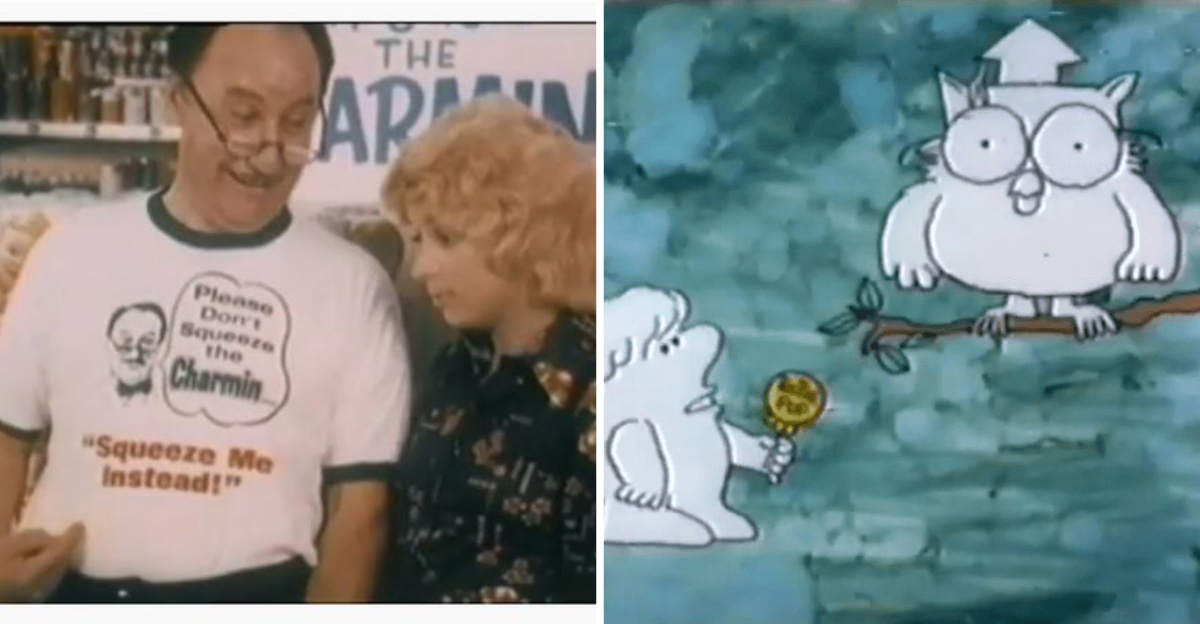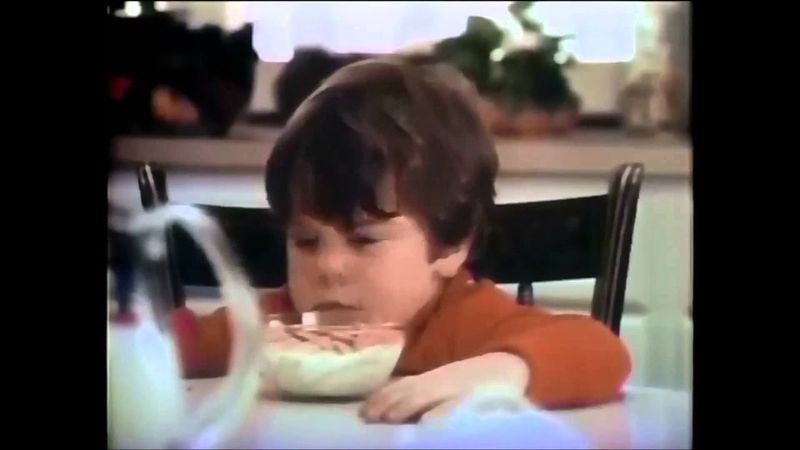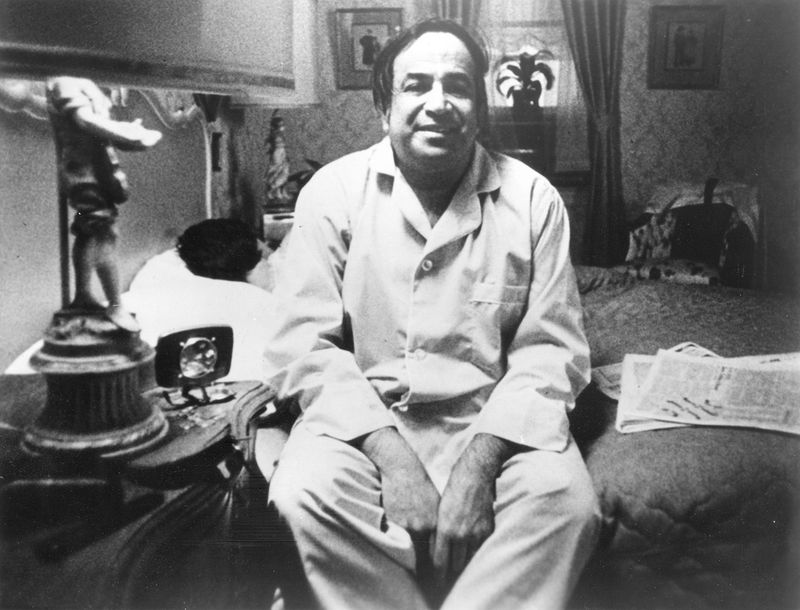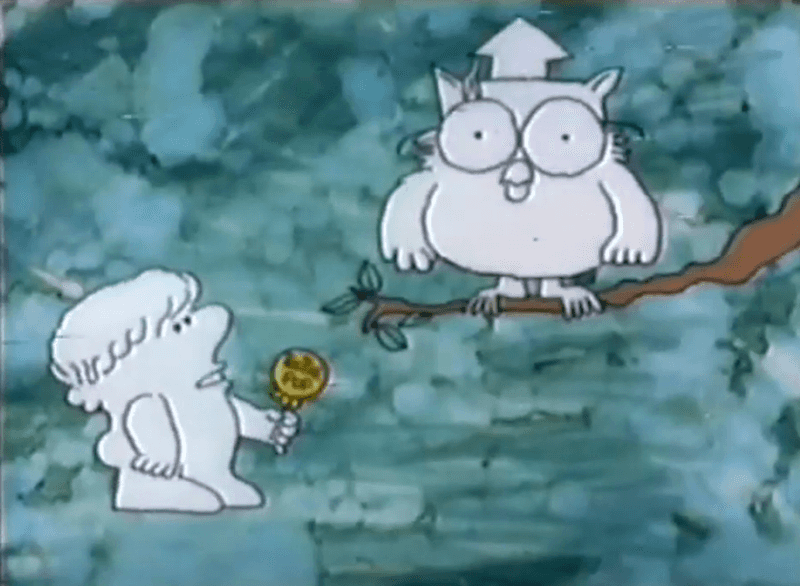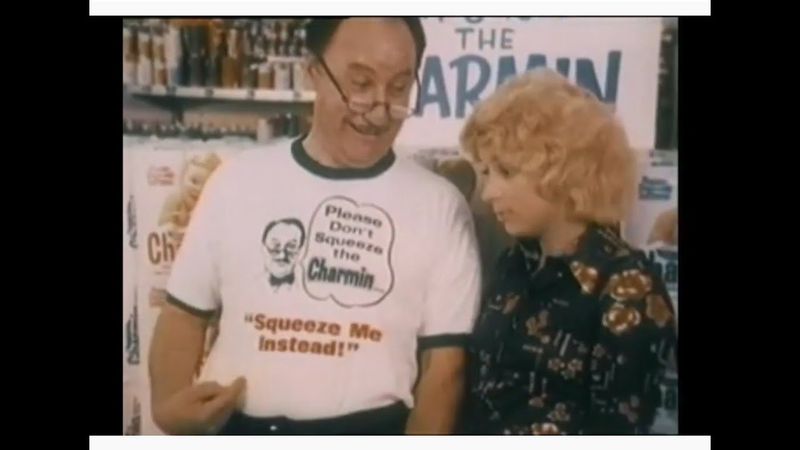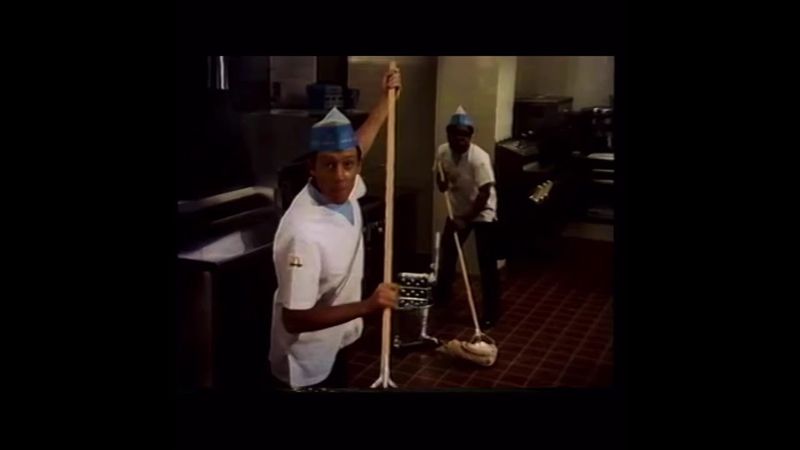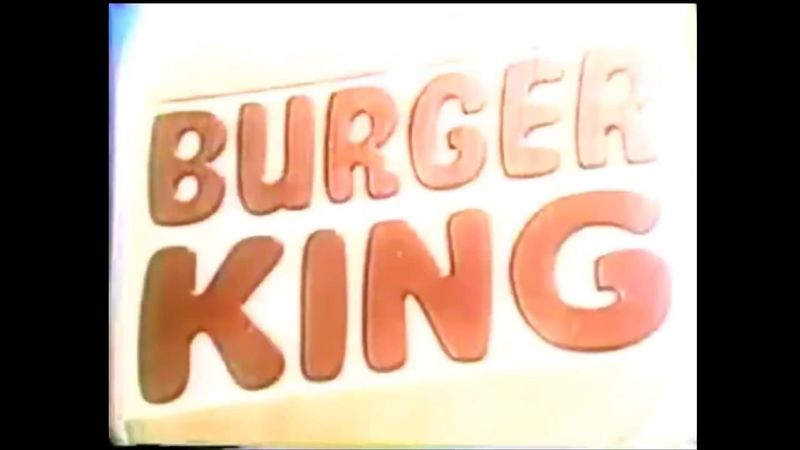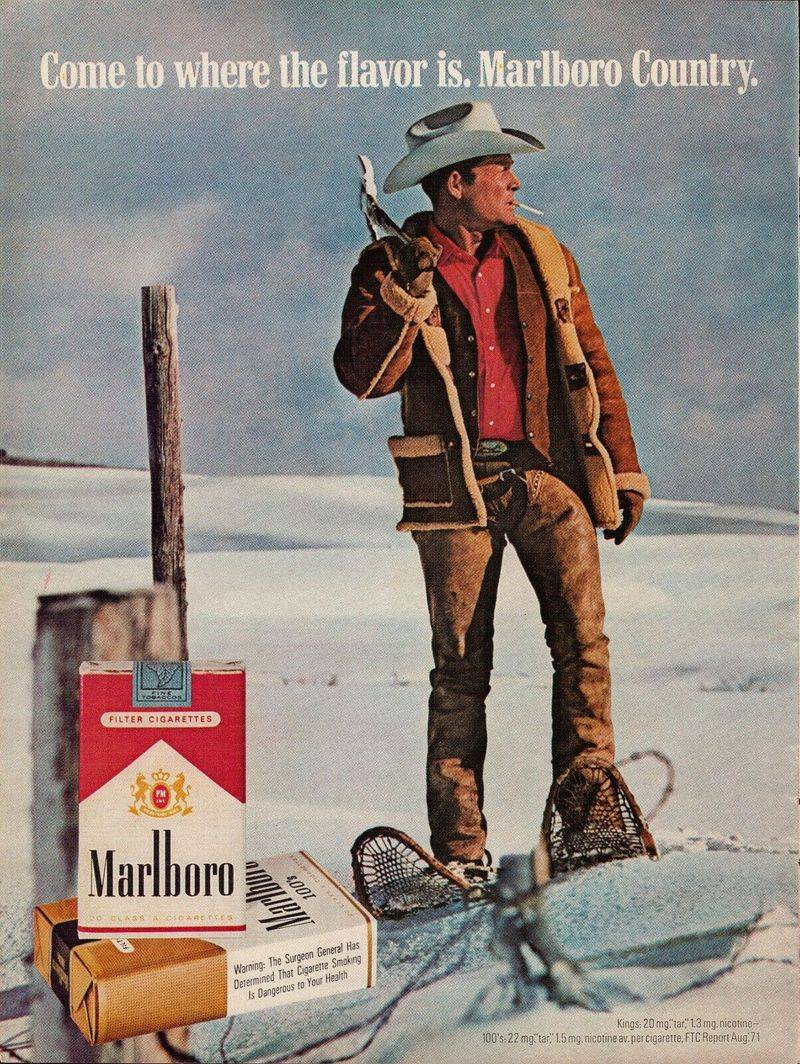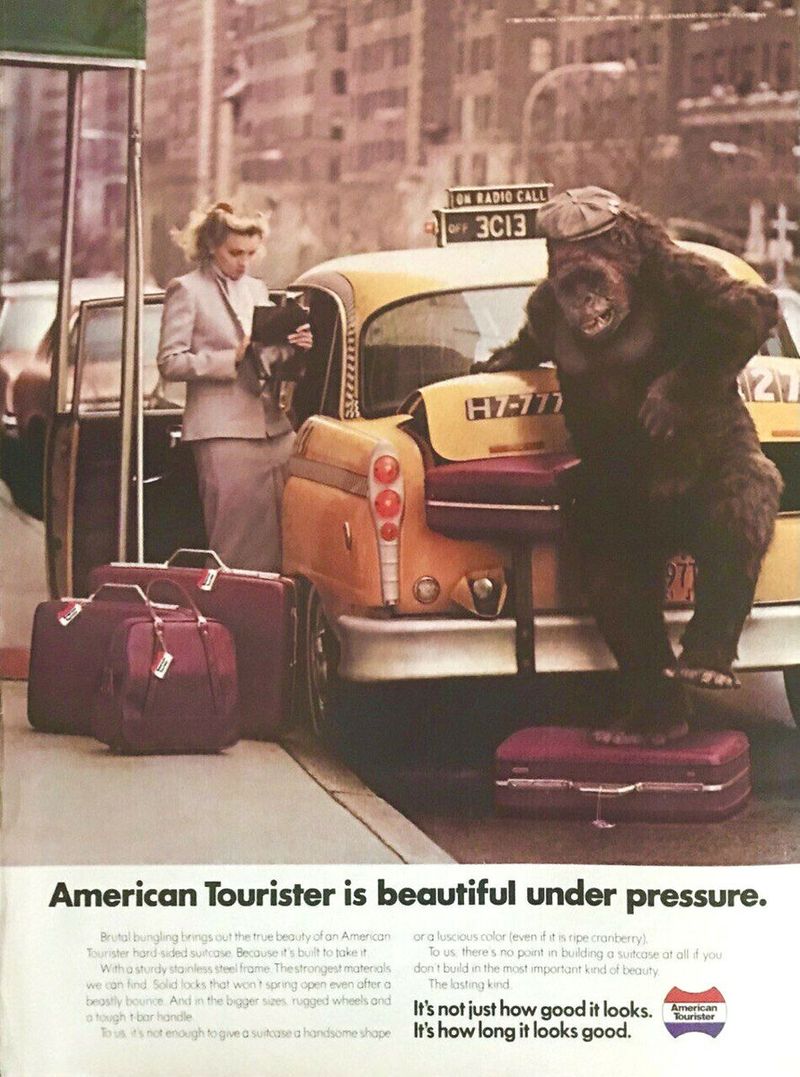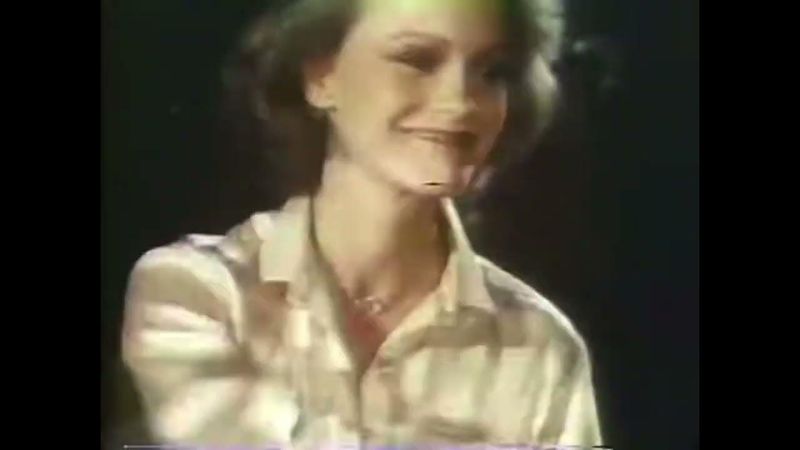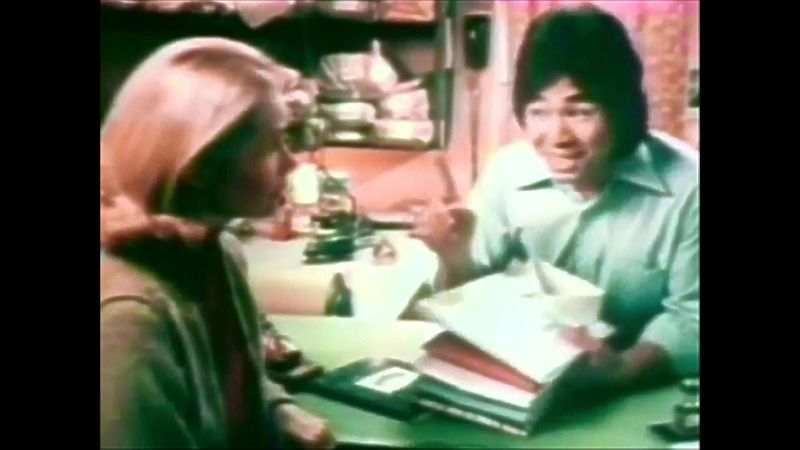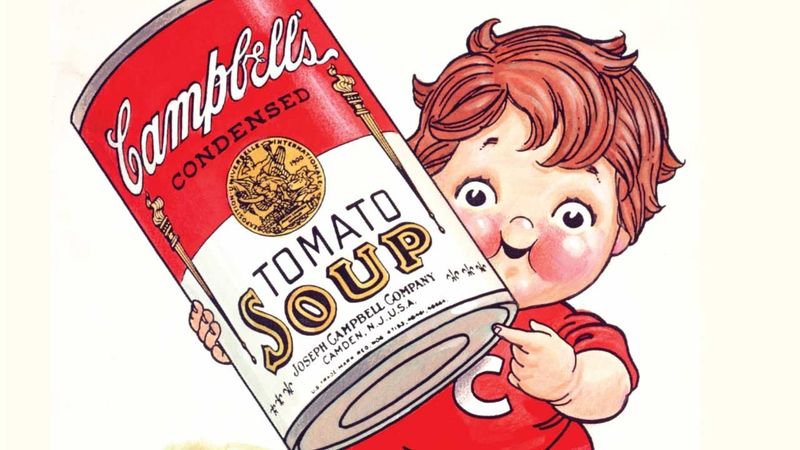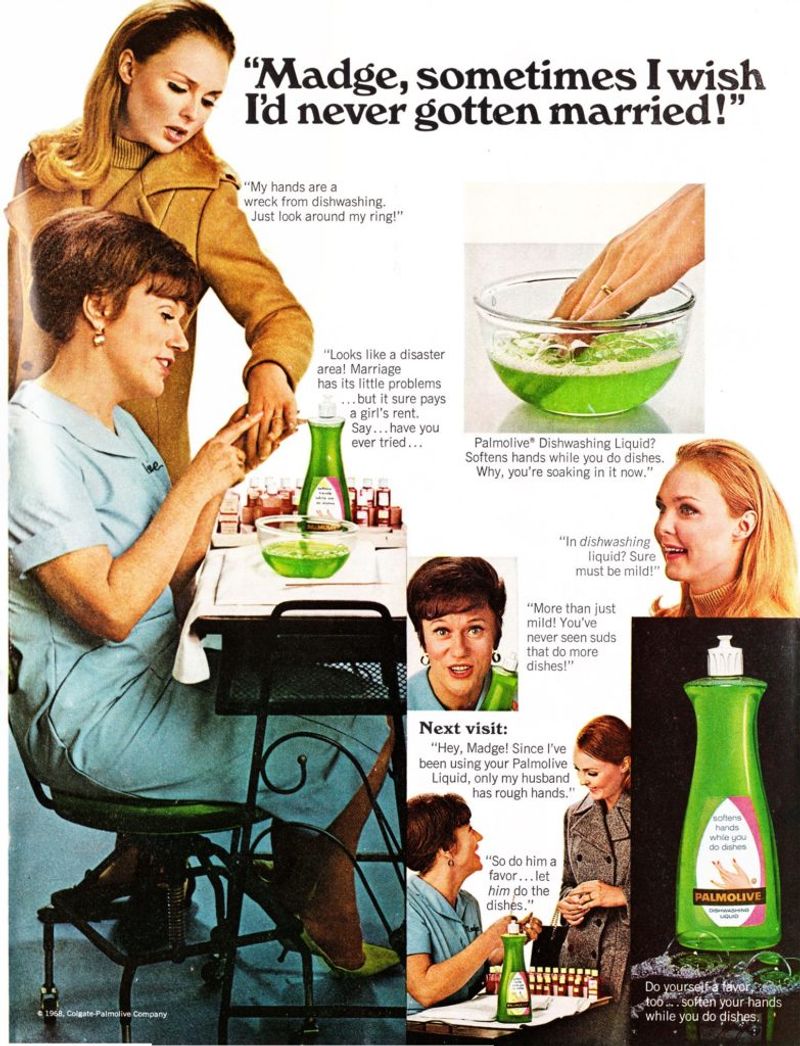The 1970s were a time of cultural transformation and memorable media moments. Among these were commercials that left a lasting impression, becoming a part of pop culture. These ads were catchy, quirky, and so well-crafted that many of us can still remember them word for word. Here’s a nostalgic journey through 20 iconic commercials from the ’70s that everyone can still recite by heart.
Coca-Cola’s ‘I’d Like to Buy the World a Coke’ (1971)
Coca-Cola’s 1971 commercial, “I’d Like to Buy the World a Coke,” became an anthem of harmony and hope. Filmed on an Italian hilltop, it featured a multicultural group of young people singing about unity. The melody was catchy, and the visuals were vibrant, making it unforgettable.
This ad was more than just about a drink; it was a message of peace and togetherness during a tumultuous time. It resonated with audiences globally, embedding itself deeply in popular culture. Decades later, its tune and message continue to echo, symbolizing a universal desire for unity.
Life Cereal’s ‘Mikey Likes It!’ (1972)
Life Cereal’s “Mikey Likes It!” commercial from 1972 introduced us to Mikey, a picky eater who surprisingly enjoyed Life cereal. Featuring two brothers daring Mikey to try something new, its charm lay in its simplicity.
The phrase “Mikey likes it!” became a cultural reference for something unexpectedly likable. This ad captured the essence of childhood curiosity and the joy of discovery. Its relatable scenario and genuine reactions made it a timeless classic that parents and children alike enjoyed. Even today, Mikey remains an enduring symbol of youthful surprise.
Alka-Seltzer’s ‘I Can’t Believe I Ate the Whole Thing’ (1972)
Alka-Seltzer’s 1972 ad, “I Can’t Believe I Ate the Whole Thing,” humorously captured the common feeling of overindulgence. The commercial featured a man lamenting his overeating, only to find relief with Alka-Seltzer.
Its relatable and comedic nature made it a hit, and the catchphrase quickly became part of everyday lingo. This ad was effective in conveying the product’s purpose while entertaining audiences with its light-hearted approach. Its success lay in understanding consumer experiences and providing a solution in a memorable way. Alka-Seltzer became synonymous with relief.
Keep America Beautiful’s ‘Crying Indian’ (1971)
The “Crying Indian” commercial from 1971 by Keep America Beautiful was powerful and moving. It featured a Native American man, portrayed by Iron Eyes Cody, shedding a tear over environmental pollution.
This ad was pivotal in raising awareness about littering and conservation. Its emotional impact led to significant changes in public attitudes toward the environment. The imagery was striking, and the message was clear: it’s time to take responsibility for our planet. Decades later, it remains a poignant reminder of the environmental challenges we face and the power of advertising to inspire change.
Tootsie Pop’s ‘How Many Licks?’ (1970)
Tootsie Pop’s 1970 commercial posed the question, “How many licks does it take to get to the center of a Tootsie Pop?” Featuring a wise owl, it became a playful and enduring mystery.
The ad’s whimsical animation and catchy dialogue captured imaginations, sparking curiosity and laughter. Its simplicity and charm made it a favorite among children and adults alike. Despite being over 50 years old, the question remains unanswered, and the commercial’s legacy endures. It’s a testament to the power of animation and storytelling in advertising, leaving a lasting cultural imprint.
Frito Bandito’s Jingle (1971)
The Frito Bandito jingle from 1971 was catchy and whimsical, featuring a cartoon character who loved Fritos corn chips. Despite its charm, it faced controversy for its stereotypical portrayal.
This commercial was significant as it highlighted the power of jingles in advertising, even amid controversy. The melody was unforgettable, making Fritos synonymous with fun and snack time. It remains a notable example of how advertising can create memorable characters and tunes. While the character was eventually retired, the jingle lives on in the annals of advertising history.
Charmin’s ‘Mr. Whipple’ (1970)
Charmin’s 1970s commercials introduced us to Mr. Whipple, a store manager obsessed with preventing customers from squeezing the Charmin. His catchphrase, “Please don’t squeeze the Charmin,” became iconic.
The ads cleverly used humor to promote the product’s softness, creating a strong brand identity. Mr. Whipple’s antics resonated with audiences, making Charmin a household name. His character became a beloved part of advertising lore, demonstrating how effective character-driven storytelling can be. Even years later, the phrase and character continue to evoke nostalgia and recognition among audiences.
McDonald’s ‘You Deserve a Break Today’ (1971)
McDonald’s 1971 campaign, “You Deserve a Break Today,” was a masterclass in creating a welcoming brand image. The commercial portrayed McDonald’s as a place of happiness and relaxation.
Its catchy jingle and vibrant visuals invited families to take a break and enjoy. This ad solidified McDonald’s as a staple in American culture, linking the brand with comfort and convenience. The campaign’s success lay in its ability to connect emotionally with viewers, reinforcing the idea that McDonald’s was more than just fast food—it was a treat. Its legacy continues to influence marketing strategies today.
Burger King’s ‘Have It Your Way’ (1974)
Burger King’s 1974 “Have It Your Way” campaign revolutionized fast-food advertising by emphasizing customization. The ad empowered customers to choose their toppings, making dining experiences personal.
This approach resonated with consumers seeking value and individuality. The catchy jingle and consumer-centric message made it popular and memorable. It highlighted Burger King’s commitment to quality and customer satisfaction, setting it apart from competitors. This campaign became a defining moment in branding, demonstrating the power of giving consumers control. Today, it remains a classic example of successful and innovative advertising.
Dr. Pepper’s ‘Be a Pepper’ (1977)
Dr. Pepper’s 1977 “Be a Pepper” campaign was lively and energizing, encouraging people to embrace individuality. The ad featured a catchy jingle and joyful scenes of people celebrating life with Dr. Pepper.
Its upbeat tone and inclusive message resonated with audiences, promoting a sense of community and fun. The campaign successfully positioned Dr. Pepper as a drink for those who dare to be different. By focusing on personal expression and enjoyment, it became an enduring symbol of the brand’s identity. “Be a Pepper” remains a cherished piece of advertising nostalgia, celebrating uniqueness.
Coke’s ‘Mean Joe Greene’ (1979)
Coca-Cola’s “Mean Joe Greene” commercial from 1979 is a heartwarming tale of kindness. It features the iconic football player sharing a moment with a young fan, exchanging a Coke and a smile.
This ad captured the essence of human connection, becoming a classic piece of advertising. Its emotional storytelling and genuine warmth left a lasting impression on viewers, making it one of the most beloved commercials of all time. The narrative of unexpected friendship resonated widely, showcasing the brand’s ability to evoke positive feelings through simple gestures.
Wendy’s ‘Where’s the Beef?’ (1974)
Wendy’s 1974 “Where’s the Beef?” campaign became a cultural catchphrase, questioning the size of competitors’ burgers. Featuring elderly actress Clara Peller, it humorously pointed out the lack of substance in rival products.
The ad’s boldness and humor resonated with audiences, setting Wendy’s apart as a brand that offered more. The phrase quickly entered everyday language, symbolizing dissatisfaction with mediocrity. It was a clever and effective way to highlight product superiority, solidifying Wendy’s position in the fast-food market. Today, it remains a benchmark for memorable and impactful advertising.
Maxwell House’s ‘Good to the Last Drop’ (1979)
Maxwell House’s “Good to the Last Drop” campaign in 1979 highlighted the brand’s commitment to quality. The commercial focused on the satisfaction of a perfect cup of coffee, emphasizing flavor and consistency.
Its descriptive tagline became synonymous with reliability and enjoyment. The ad resonated with coffee lovers, reinforcing Maxwell House as a trusted household brand. By focusing on the sensory experience of drinking coffee, it effectively communicated the brand’s values. This campaign remains an example of how simple, honest messaging can create a powerful brand identity.
Marlboro’s ‘Marlboro Country’ (1971)
The Marlboro Country campaign from 1971 epitomized the rugged masculinity associated with the brand. Featuring cowboys in vast landscapes, it sold more than cigarettes; it sold a lifestyle.
The imagery was powerful, creating an aspirational narrative that resonated with smokers seeking adventure and freedom. Despite later controversies, this campaign was a significant moment in advertising history. It demonstrated the influence of visual storytelling in shaping brand perception. Today, it serves as both a reminder of advertising’s power and the importance of ethical considerations in messaging.
American Tourister’s ‘Gorilla Test’ (1970)
American Tourister’s “Gorilla Test” from 1970 showcased luggage durability through humor and creativity. The ad featured a gorilla playfully testing a suitcase’s resilience, emphasizing product strength.
Its unique approach and entertaining visuals captured attention, making it memorable and effective. By using humor, it communicated the brand’s message without words, relying on visual impact. This campaign highlighted the importance of creativity in advertising, setting a standard for engaging audiences. The “Gorilla Test” remains an iconic example of how to blend entertainment with product messaging effectively.
Revlon’s ‘Charlie’s Angels’ (1976)
Revlon’s 1976 ad for Charlie perfume capitalized on the popularity of “Charlie’s Angels,” featuring empowered women as the face of the brand. It celebrated independence and style, aligning with the feminist movements of the era.
The ad’s strong imagery and catchy jingle positioned Charlie as a fragrance for modern women. It resonated with a generation seeking empowerment and expression. By associating with popular culture, Revlon successfully created a lasting brand identity. The campaign remains a testament to the power of aligning products with contemporary social movements.
Calgon’s ‘Ancient Chinese Secret’ (1972)
Calgon’s ‘Ancient Chinese Secret’ commercial became famous for its humorous and slightly mysterious angle. It featured a laundromat owner whose wife playfully reveals the ‘secret’ behind their perfect laundry: Calgon water softener.
The ad cleverly used cultural intrigue and humor to capture viewers’ attention. The phrase ‘Ancient Chinese Secret’ quickly became a popular catchphrase, adding an element of fun to the mundane chore of laundry.
This commercial’s impact lies in its ability to blend humor with a marketing message, making it memorable and widely quoted. The playful twist ensured that Calgon’s message was not only heard but fondly remembered.
Campbell’s ‘Soup is Mmm Mmm Good’ (1975)
Campbell’s “Soup is Mmm Mmm Good” campaign from 1975 left an indelible mark with its catchy jingle and comforting visuals. The ad portrayed Campbell’s soup as a source of warmth and nourishment.
Its simple yet effective messaging resonated with families, promoting the brand as a staple in households. By focusing on the sensory experience and emotional connection, it reinforced Campbell’s position as a leader in the soup market. The campaign remains a beloved piece of nostalgia, highlighting the enduring appeal of heartfelt and relatable advertising.
Wrigley’s Doublemint Gum ‘Double Your Pleasure’ (1975)
Wrigley’s Doublemint Gum introduced audiences to the memorable slogan ‘Double Your Pleasure, Double Your Fun.’ The commercials prominently featured identical twins who symbolized the doubling theme, adding a visual element to the catchy jingle.
The advertisement’s vibrant scenes, often set in lively parks or cityscapes, depicted the twins enjoying life while chewing gum. This created an association between the joy of sharing and the refreshing taste of Doublemint gum.
This campaign effectively used familial imagery to convey the product’s appeal, making the jingle and the visual motif of twins synonymous with the brand. It’s a perfect example of how simple ideas can create strong brand identities.
Palmolive’s ‘You’re Soaking in It’ (1972)
Palmolive’s 1972 “You’re Soaking in It” commercial introduced Madge, a wise-cracking manicurist, explaining the gentleness of Palmolive dish soap. Her engaging storytelling and humorous delivery made the ad memorable.
The campaign focused on product benefits, highlighting skin-friendly properties of the soap. Its conversational tone resonated with audiences, making Palmolive a household name. By blending humor with informative content, it effectively communicated Palmolive’s unique selling point. Madge became an iconic character in advertising, representing the brand’s commitment to quality and care.
